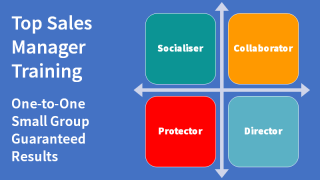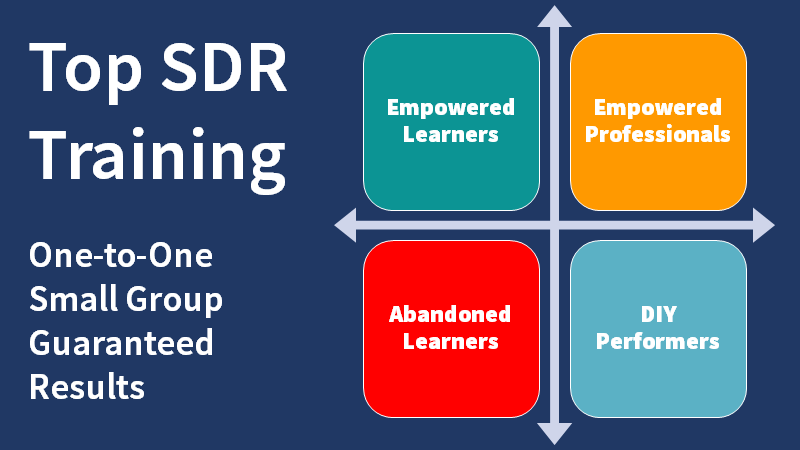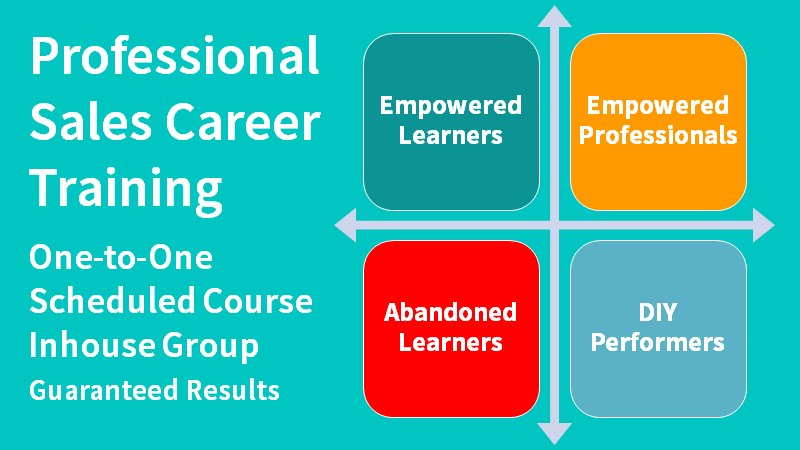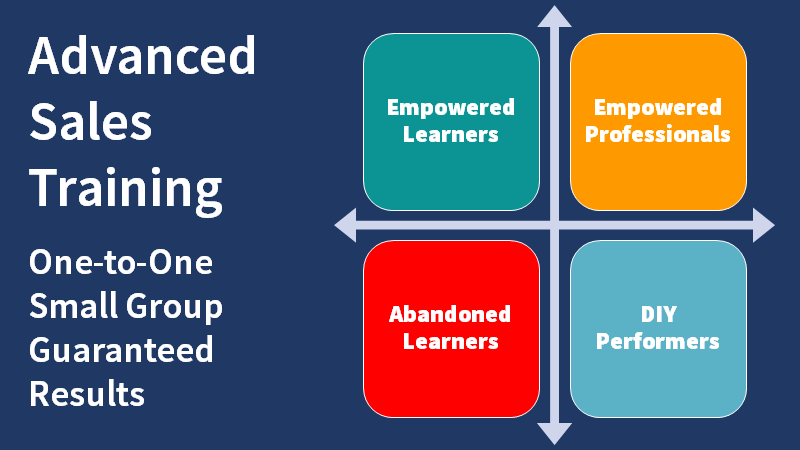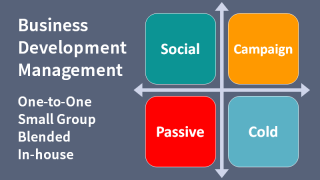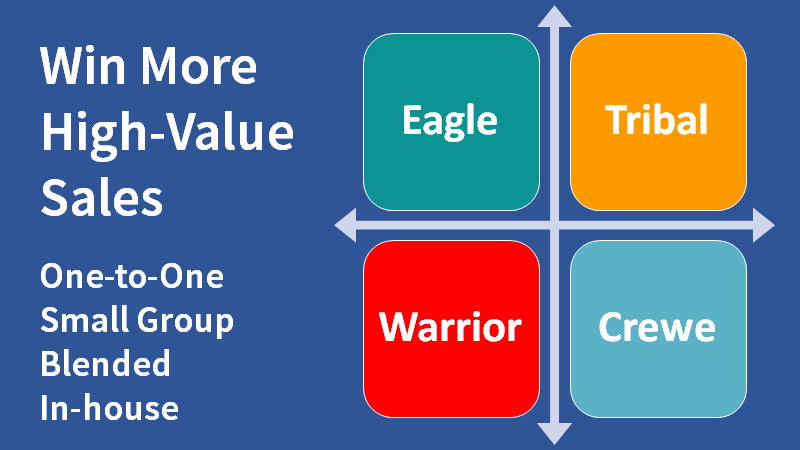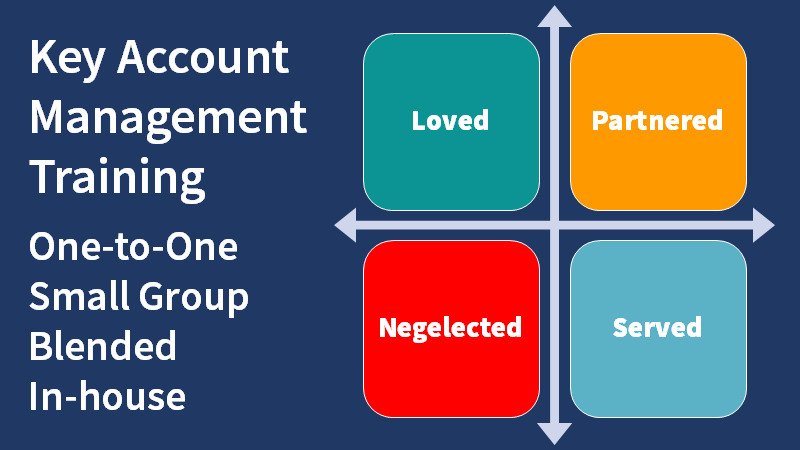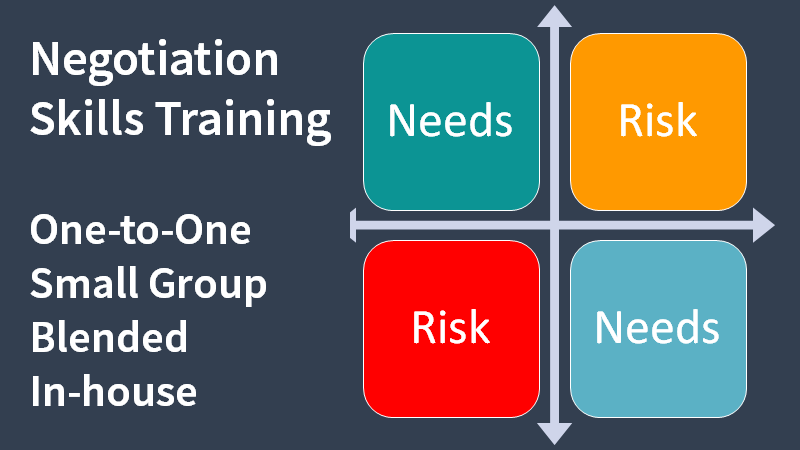Use sales email marketing to increase productivity, average yields, and results.
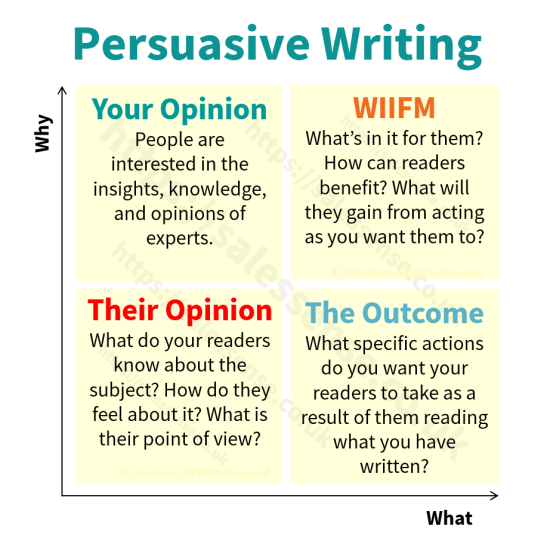
Email has been around for twenty years yet many salespeople have still to leverage its advantages to communicate with more people. Speed of transmission is only a tiny part of the potential productivity boost available. Simply employing sales email as a faster version of posted letters can make salespeople less productive.
We have exchanged trips to the printer and time spent stuffing envelopes so that we can become a slave to our in-box.
Sales secretaries are nearly extinct so salespeople now have to do all the things that used to be done by support staff. Are salespeople more productive as a result of email? Is lead generation easier? Can a salesperson stay in touch with more people? Do they convert more business?
Surely, the determining factor is the average revenue or profit they can produce. If we compare today’s numbers with those of two or three decades ago, we can get some sense of progress.
I was around back then so I can speak from experience. My target in 1981 for Intel components and software development tools in London and Middlesex was £1.2m. I worked for one of four Intel distributors. Based on the retail price index for 1981, £1.2m of Intel stuff (yes I made my target) equates to £3.84m today (2010). Calculator here.
I wonder what the average target is for an Intel distributor salesperson now? Perhaps you know. If it isn’t well above £3m, we are going backwards.
In 1985 I had a similar target for Sun Microsystems high-margin computer workstations. Electronic mail was still the domain of a few scientists back then. The Sun salespeople were given email accounts but we were on the road. In 1985, mobile phones were bricks and browsing was something you did in shops. We used to ask the secretaries to print out our messages and post them to our home address.
Using the same retail price index, my 1985 £1.1m target for Sun Microsystems products in Hampshire and Dorset would have equated to £2.5m in 2010, when I wrote this article.
By 1995 I had a manager's job and had to distribute a £35m target across 22 quota-carrying salespeople (£1.59m each, on average). At 2010 prices this becomes £3.7m.
We achieved nearly £40m or an average of just over £1.8m each which would have needed to be £4.1m at the time of writing, just to keep pace.
It was a great company and we had some great solutions. That’s enough of the crowing.
The point is, we have yet to achieve the potential that the use of sales email offers us. Performance is limited by the number of contacts a salesperson can maintain a relationship with. Allowing for missed calls, scheduling, and management, having a telephone conversation with 100 people, just once a year, takes up about 40 hours.
If the aim were to speak with all contacts every three months, a salesperson would need to allocate at least four working weeks of doing nothing else.
Without an efficient way of staying in touch with contacts, it is difficult to maintain a network that is much larger than 100 people. You may be one of many readers who already use tools like LinkedIn to stay in touch with larger groups however, this limit of about 100 people still seems to be a barrier.
As part of our sales skills assessment validations, we ask participants about the number of professional contacts they stay in touch with. They are invited to include all professional acquaintances including people from customers, suppliers, and business partners. Most have no idea and when pressed, estimate the number to be between 50 and 100.
The use of sales email, personal email marketing techniques, social media, and online business networking make it possible to stay in touch with thousands of contacts. Salespeople might be forgiven for not making more use of the tools available. There are challenges and barriers that are difficult to overcome.
- Mail merge is still a clunky tool. It works fine when your data is clean, current, and complete.
- It is easy to inadvertently offend people by sending the wrong thing or posting in forums or discussion groups without regard for etiquette.
- Sending inappropriate messages to people devalues communication and increases the likelihood of future messages being ignored.
- If all sales email is selling something, people get in the habit of ignoring everything sent or worse, add the sending address to their spam filter or ask to be removed from the list.
- People change their email address more often than their postal address. Lists must be maintained.
- Careful list segmentation and maintenance help avoid the pitfalls mentioned above and this in itself is an obstacle because list management is complicated and time-consuming.
- Ideally, every message should be articulate, succinct, relevant, and compelling. Creating effective, well-articulated messaging can take up a lot of time.
At a company level, permissions based email-marketing faces all the same challenges however, a well-organised marketing function can address and overcome the issues.
While access to corporate templates and content can help, almost all messaging needs to be adapted to be presented in a personal manner. There are many practical ways to overcome the challenges and maintain a personal professional network numbering in the thousands. LinkedIn and several other well-known online applications have been designed specifically for this purpose.
It is difficult to allocate sufficient time to the process of professional network development and management however, the potential is obvious. The greater the number of people whom a person can maintain a professional relationship with, the greater his or her potential for lead generation, improved productivity, and increased performance.
If maintaining a professional network of 100 people yields £1m in revenue, would a network of 1000 people lead to sales of £10m? Probably not so halve it and halve it again to £2.5m. How much time and effort is justified by a potential 150% increase in results?
Perhaps this is still overly optimistic. Let’s halve the potential again. Is a 25% increase in orders worth carving out a couple of hours a week to develop a larger network of regularly refreshed professional relationships?
There is still an enormous opportunity to leverage the killer application of the nineteen nineties. We have barely scratched the surface. Sales email still has huge potential to extend the reach of salespeople. The Internet revolution faltered in the opening years of the twenty-first century yet all types of online business are expanding at unprecedented rates.
Article by Clive Miller
If you need to make better use of sales email or email marketing techniques to increase sales productivity, we can help. Telephone +44 (0)118 983 3887. We will be pleased to learn about your needs or talk through some options. Alternatively, send an email to custserv@salessense.co.uk for a prompt reply or use the contact form here.



